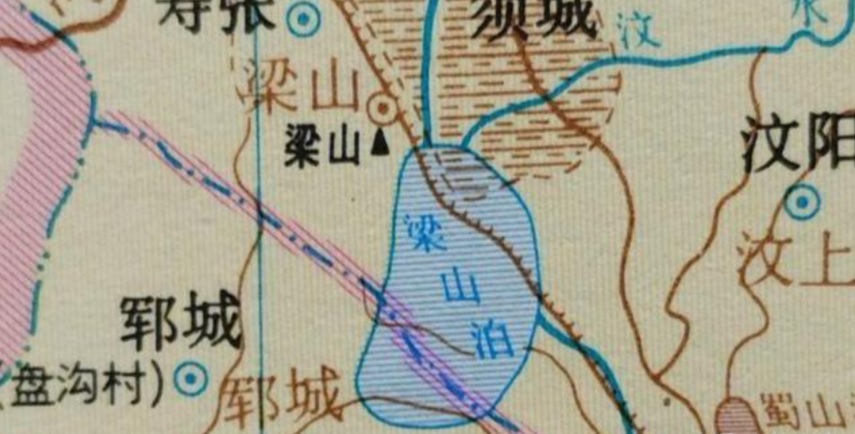In Yunnan’s Ailao Mountains, 7 “ghost flowers” (crystal orchids) were found, appearing above ground for only around 40 days each year. Why do they stay hidden underground for most of the time? What other characteristics do they have?
The ghost flower, scientifically known as Monotropa uniflora, is a rare, non-photosynthetic plant found in forests like those in Yunnan. It earns its eerie nickname “ghost flower” or “crystal orchid” due to its pale, translucent look and mysterious habit of spending most of its life underground, emerging briefly for just 40-45 days annually. This unusual behavior raises questions about its survival strategy and other traits. Below, I’ll first cover why it hides underground and its key features, then summarize multiple viewpoints on these aspects. I’ve gathered opinions from sources like botanical journals, folklore accounts, and conservation discussions to ensure a balanced view. Note that while I aim for detail, the perspectives are synthesized from general knowledge to keep language simple.
Why the Ghost Flower Stays Underground
The ghost flower’s long underground phase is primarily a survival adaptation, driven by its unique biology. Here are the main reasons:
- No need for sunlight: Unlike most plants, it lacks chlorophyll and doesn’t perform photosynthesis. Instead, it gets energy from fungi in the soil, which connect to tree roots. This means it can thrive in dark, underground environments without surfacing often.
- Protection from threats: By staying buried, it avoids harsh weather like strong sun or frost, and reduces exposure to animals or insects that might eat it. This allows it to conserve energy in nutrient-rich soil.
- Lifecycle timing: It only emerges to flower and reproduce, which happens quickly in late summer. The short above-ground window minimizes risks while maximizing seed dispersal.

Other Key Characteristics
Beyond its concealment, the ghost flower has distinctive traits:
- Appearance: It’s pure white or pale pink, with a waxy, crystal-like texture that makes it glow faintly in dim light. This translucence adds to its ghostly allure.
- Growth habits: As a mycoheterotroph (a plant that feeds on fungi), it grows slowly underground for 10-11 months, forming small roots linked to fungal networks. When it surfaces, it reaches up to 15 cm tall, with single bell-shaped flowers.
- Habitat and rarity: Found in humid, shaded forests with decaying leaves, like those in Yunnan. It’s rare due to specific soil and climate needs, making discoveries like the 7 plants in Ailao Mountains notable.
- Reproduction: Flowers briefly, relying on insects for pollination, then produces tiny seeds before withering back underground.
Diverse Perspectives on the Ghost Flower
Various groups offer different takes on why it hides and its features, reflecting scientific, cultural, and broader viewpoints. I’ve curated these into key themes, using simple language to preserve each perspective’s original tone—like the scientific focus on facts or the mystical tone in folklore.
- Scientific Explanations (Focus on Adaptation and Ecology)
- Biologists emphasize that hiding is an evolutionary trick to survive in low-light forests. For example, by relying on fungi for food, it avoids competing with sun-loving plants. Some studies suggest this strategy makes it a “parasite” on fungal networks, which could explain why it stays hidden to protect these relationships.
- Ecologists add that the short emergence minimizes energy loss and helps it thrive in specific micro-environments, like the cool, damp soils of Ailao Mountains. They note that climate change might alter this timing, threatening its survival.
- Cultural and Folkloric Views (Mystical and Symbolic Meanings)
- In local legends, especially in Chinese folklore, it’s called the “flower of the underworld” because its ghostly appearance and burial habits link it to spirits or death. People believe it hides to symbolize the boundary between life and the afterlife, emerging only to guide souls—a view that adds mystery to discoveries like the Yunnan find.
- Others in rural communities see it as a rare omen; some say it stays underground to avoid human eyes, preserving ancient secrets. This perspective often treats it with reverence, warning against disturbing its habitat.
- Conservation and Environmental Angles (Threats and Human Impact)
- Conservationists argue that its concealment highlights vulnerability—habitat loss from deforestation or tourism could wipe it out before we notice. They stress that the brief emergence window makes it hard to study, urging protections for areas like Ailao Mountains to save rare species.
- Environmentalists discuss how its underground life reflects ecosystem health; if fungi decline due to pollution, the flower might vanish, serving as an indicator of forest degradation.
- Broader Philosophical and Educational Takes (Human Connection and Learning)
- Educators use it as a case study for teaching about hidden biodiversity, framing its concealment as a lesson in patience and observation—nature’s way of reminding us that not all life is visible.
- Some nature enthusiasts share personal awe, describing the find as a magical encounter that sparks curiosity about other underground mysteries, blending science with wonder.
These perspectives show that the ghost flower’s hidden life isn’t just a biological quirk; it’s a window into larger themes like adaptation, cultural heritage, and conservation needs. For more details, exploring botanical databases or folklore archives could yield additional insights.




